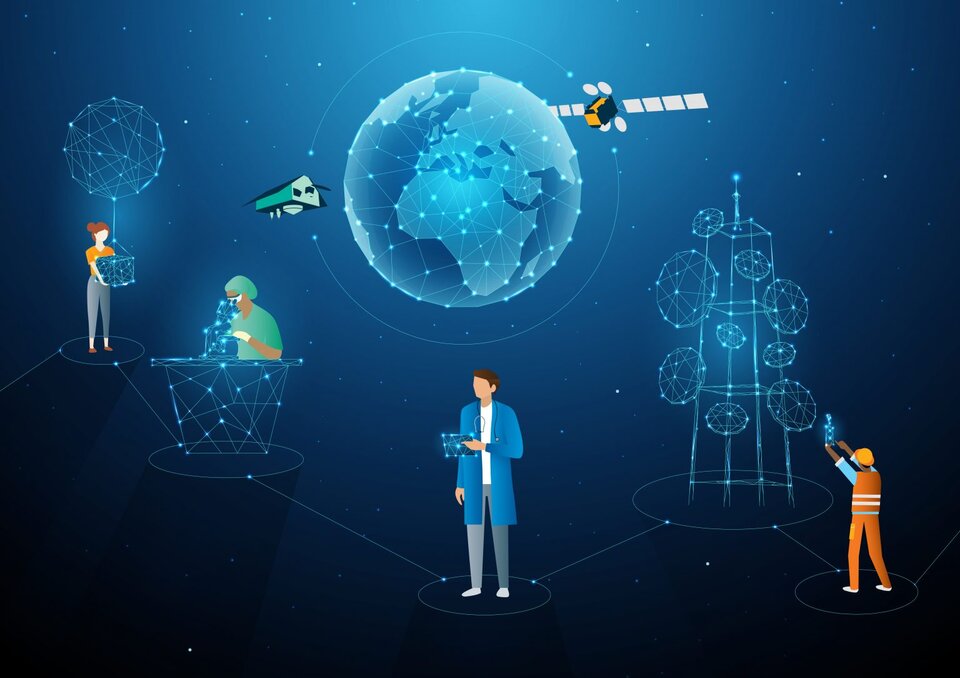13.12.2021

In brief
From launchers and spacecraft to space habitats, private companies are invited to join Europe’s activities in Earth’s orbital neighbourhood and provide services in a rocketing market.
In-depth
These commercial services would overlap with the end of lifetime of the International Space Station that is expected to stop operations most likely in the early 2030s.
“We are at an unprecedented crossroads. One of the major challenges for Europe is to remain relevant in low Earth orbit, and to stay competitive amongst other spacefaring nations,” says David Parker, ESA’s director of human and robotic exploration.

"Cargo and human space transportation are essential capabilities to access this new economic sphere. In this context, we would like to address the following question to industry: how can we deliver autonomous end-to-end European services in low Earth orbit and beyond in the next decade?" says Daniel Neuenschwander, ESA’s director of space transportation.
While investors are gaining record momentum in a diversified landscape of emerging countries and entrepreneurs, David Parker adds that “it is crucial that Europe is not left behind and seizes every opportunity to offer services, economic growth and innovation. We must avoid a gap in space capabilities with our sights on the Moon.”
This ambition is in line with ESA’s strategy to create new commercial opportunities for a sustained European presence in low Earth orbit after the retirement of the Space Station.
A lighthouse in space
ESA is preparing its future activities in the frame of the “SciHab” (Science and Habitation) concept – an orbital human-tended platform with a modular design and open to commercial services.
SciHab has been dubbed as the future lighthouse for Europe’s presence in Earth orbit, both a science and habitation platform.

ESA believes that combining the SciHab concept with new transportation capabilities would allow Europe to take up a high level of strategic autonomy and leadership.

The move falls into one of the “Terrae Novae 2030+ Strategy Roadmap” objectives, the exploration programme that aims to lead Europe’s human journey into the Solar System, and to return the benefits of exploration back to society.
Technologies such as advanced life support systems or remote healthcare are expected to fuel both exploration and terrestrial applications with the potential to touch every aspect of people’s lives.
Apply for the future
The Request for Information is open to responses from private sector entities based in ESA Member States. The participation of non-European providers in European-led consortia and industry-to-industry partnerships is encouraged for future infrastructures in low Earth orbit.
The deadline for submitting the executive summary is on 28 January 2022. The full response should be sent by 31 March 2022.
Quelle: ESA

